There are more megalithic sites in Europe than people are aware of, beside some of the famous ones like Stonehenge and Carnac, from Turkey’s Göbekli Tepe (okey, technically it’s in Asia, but some of the first European settlements were there in ancient times) and all the way from Bosnian megaliths up to the Swedish sites in the north. I’ve been taking pleasure in visiting these sites in Sweden and after some time just recording on the place, so that more people can see it form around the world. But who’s really interested in standing stones? It’s just graves right?
Well, that’s not the case. There is a difference from the graves and megaliths. In Swedish these sites are called Gravfält meaning grave fields and as always the reason for megaliths are ritualistic or just being graves. But there is a difference between the graves that are stone mounds and the megaliths. The latter had a practical purpose, as the locations are always on places with an east-to-west overview, in some places with an 360 degree overview. Even if the Swedish landscape looked different way back in time, these locations are always located a bit higher up, or at locations that were with or without trees a perfect ground for astronomical observations.
We have to remember that life was very hard, and the first son got the farm while the other sons had to leave and make for their own future. This is one of the reasons Vikings who were mostly farmers eventually got good at shipbuilding, exploring, plundering and trading – out of necessity. That’s why I believe this site along many others is much older and part of another scope of culture all together. Read more on this blog post – Megaliths in Askeberga and Abbey Ruins in Varnhem.
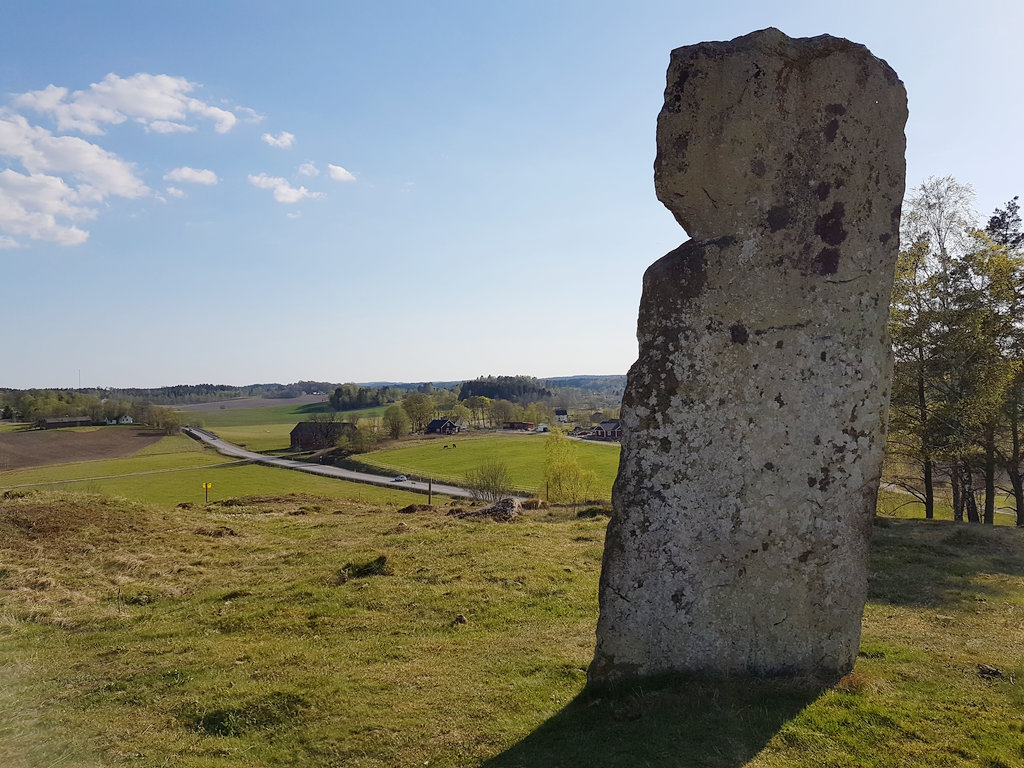
These astronomical observations had a practical purpose, being the calendar for the region, keeping track of the yearly seasons, for when to sow and prepare for winter. Also, the word still used in Sweden today for Christmas is Jul, also Yule in Germanic traditions. Jul which is an abbreviation for hjul means wheel. Our linear concept of time as going forward didn’t exist in the collective consciousness back then, for time was cyclical. A wheel. Therefore, when the longest day came people celebrated the birth of light. This became personified later by the Middle Eastern religion of Christianity, that basically made the birth of light to be the birth of Jesus. People bought that and since then it’s been that way. But I digress.
The dating of these sites is still uncertain, and even the placement of the stones, as they sometimes were moved around for road constructions and then re-located by whatever academic had the authority to order around physical labour. Remember that people come and go, and thus leave traces, skins, food, objects and such. This cannot really make for a decisive dating procedure. So, we don’t know. Just like the Pyramids in Giza have seen different people, conquests and imprints made, clouding up the real date and their real origins. So even these, much much smaller object, but still beautiful and powerful to be around, have unclear origins.

Last but not least, these locations make a perfect night visit, with no moon around you can lie down and see the universe around you. I’m not one of those who even comes close to think ancient life was better, but there is a sense we’ve lost. By going to these places, wherever they are near you, you can load up and remember something. How earth, stone and the stars guide us and just soak in the ambient. Reinvigorating your intuition about life.


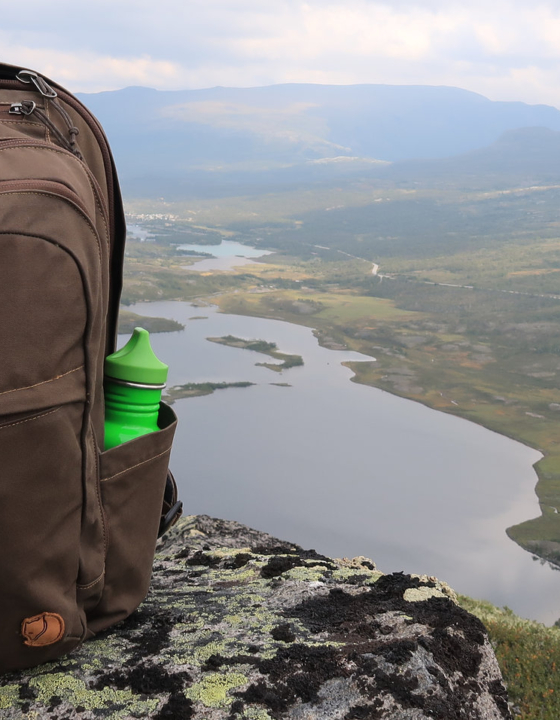

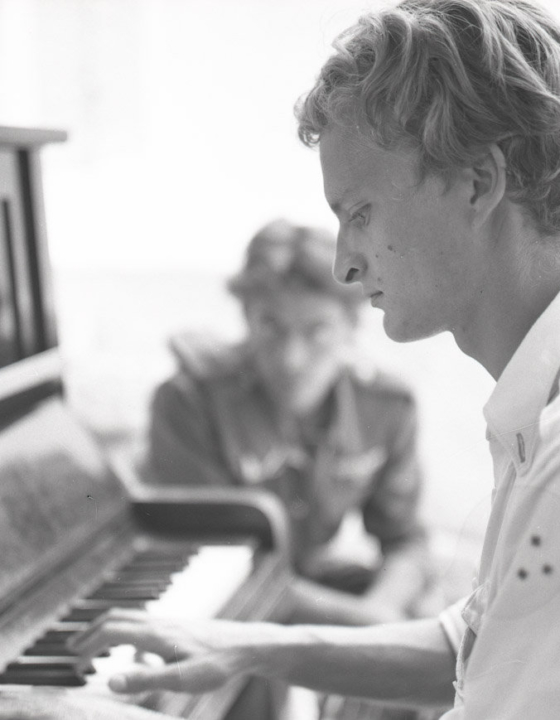
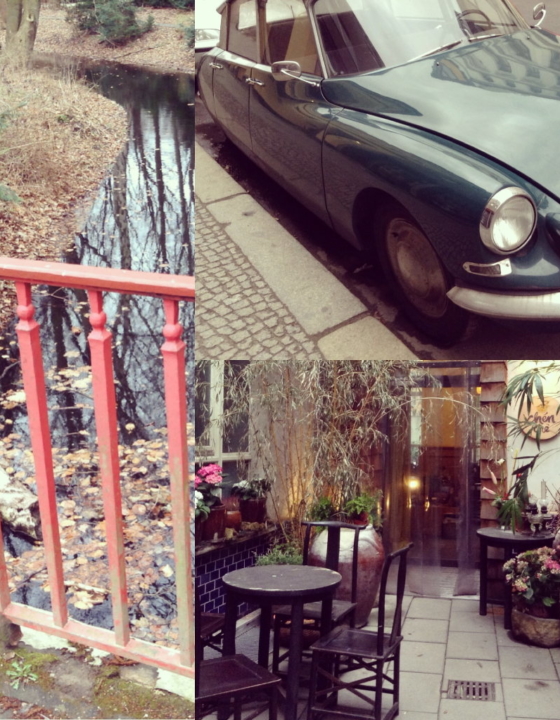
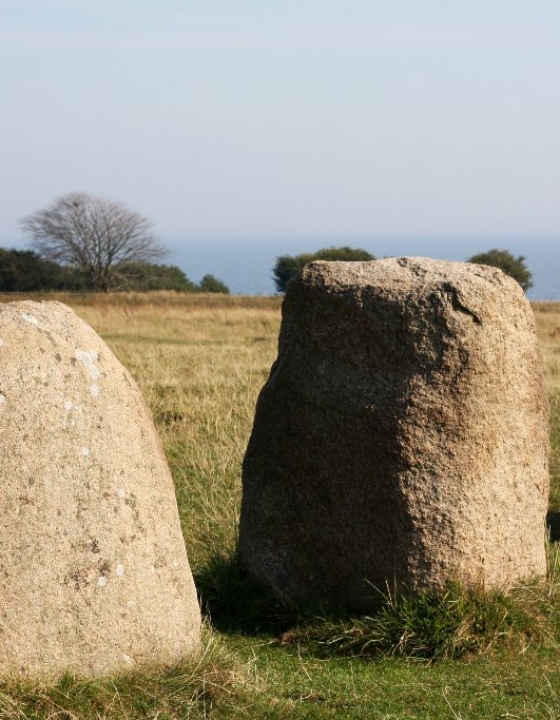

CherryPie
August 2, 2016Fascinating, thank you.
I recently revisited StoneHenge and whilst I was there I picked up a fascinating book…
Hidden Stonehenge (Ancient Temple in North America Reveals the Key to Ancient Wonders) by Gordon R. Freemen.
I think you would enjoy it, the book explains how the placement of megalithic stones are a clock/calendar and are aligned to sun and moon events when the stones were placed in their position.
Using the ancient measurements (rather than meter measurements) ties up with the cycle of sun, moon, earth and so much more.
Those details are shown in the megalithic monuments…
Sanjin Đumišić
August 2, 2016Hi Cherry, I’ll look up that book, thanks for the tip!
CherryPie
September 6, 2016In relation to this topic I think you might also enjoy the following book about perfectly aligned stone structures in Ireland.
‘The Stones of Time: Calendars, Sundials, and Stone Chambers of Ancient Ireland’
Kate
January 14, 2017Hi! I have an interest about megalithic structures and prehistoric sites and always try to visit some wherever me and my family travel to. We are supposed to be in Sweden next summer and going up from Stockholm to the north of Sweden. I was searching for some information about megalithic structures in Sweden and found your blog. All those structures from your videos that I`ve just watched (thank you!) situated on the south of the country. Are there some on the north too, I wonder? May be you could recommend us some sites to visit on our way from Stockholm along the Baltic sea to the Lulea, Gallivare and then to Abisco.
Sanjin Đumišić
January 14, 2017Hello Kate!
There are plenty of sites on the east coast. Uppsala is packed, as that area was a centre in ancient times. I haven’t explored that part myself yet so I’ll give you some links that are available in English too. First of is the official website relating to all ancient remains by the ‘Swedish National Heritage Board – http://www.raa.se/in-english/. I recon you can find sites in urban areas too and make it easier for you and your family to get there. By looking at the maps offered on that site you can find a good match close to the place you’ll be staying at.
On this Wikipedia page – https://sv.wikipedia.org/wiki/Kategori:Listor_över_fornminnen_i_Sverige_per_kommun – there’s a list of sites. You can find the place you’ll visit, click in and translate eventual text. There are coordinates so you can open them up in Google maps, Apple maps etc. Also, you can cross reference these findings with the ones on the first link I gave you.
Remember, I think in Stockholm and Uppsala you’ll get the most out of it. Those areas have been populated since God knows when. The further up you get the sparser these sites get, and that goes for the distance to them. So my tip would be for you to get this megalithic passion satisfied in Stockholm and Uppsala.
I wish you the best of Sweden!
Kate
January 15, 2017Thank you a lot for all the information! You know, after reading and learning about so many things we decided to focus on Stockholm, Goteborg and Uppsala area indeed instead of going to the north.
Thank you very much again, because you and your videos have inspired us!
Sanjin Đumišić
January 15, 2017I’m thrilled to hear that and you’ll get most of everything that way too!
Kate
January 16, 2017Yes, and be sure we will visit all those places you`ve mentioned in your videos! Especially I am very excited about Lundskullen!
Pascale
February 26, 2017Hi,
thanks for all your informations.
I project to visit some megalithic structures and prehistoric sites in August/September 2017.
I”m not projet to rent a car and project to visit by using public transport.
Could you recommend me some site who are more easy to access in south of Sweden. Thanks a lot in advance!
Pascale
Canada
Sanjin Đumišić
February 26, 2017Hello Pascale,
You say south of Sweden and that means you’re going to Malmö? In that case you must see Ales Stenar, which is very close and there are buses that go there. Here’s the official link to that site – http://visitskane.com/classic-attractions/ales-stones
/All the best
Maurice
February 27, 2018Hi,
I live in Denmark and have been getting into the whole megalith phenomenon recently (long story involving the Unified Physics of Nassim Haramein & co). I’m wondering if you have any knowledge of sites in Denmark, in particular in Jutland. Thank you. Very interesting information you’ve gathered here. You are probably familiar with the work of Hugh Newman, but just in case: http://www.megalithomania.co.uk/hughnewman.html. Cheers,
Sanjin Đumišić
February 27, 2018Hello & thanks for stopping by!
I know there are megalithic sites in Denmark, but I haven’t visited them nor looked more into them. Mostly because I’d like to do a proper road trip in Denmark one day and do it then. It’s interesting as you mention Danish Jutland, which pronounced and sounds just like Swedish Götaland (as in geats, goths, götar, jutar). People lived and moved about here making similar sites so just a quick search online will find you some sites in Denmark.
I’ll update myself on Hughs work, it was some time ago I looked into his work.
/All the best
Stan Schroeder
October 13, 2020Very interesting observations and sites, Sanjin! I agree, I also believe these sites in Europe which appear to be astronomical observatories are likely much older than ‘mainstream’ archeology promote them to be. I’ve only seen a few of your videos so far and will view the rest very soon! The sites you have shown remind me of a video I saw made by Armenian archeologists who believe they have found the oldest astronomical observatory in Armenia (and possibly the world), very likely twice as old as Stonehenge. The site they found is near Portasar / Göbekli Tepe, the oldest human development known, dating to at least 9600 BC. Interestingly, those Swedish sites you show look very similar to the site in Armenia.
Stonehenge Armenia connection:
https://www.liveleak.com/view?i=b90_1439583493
– Stan